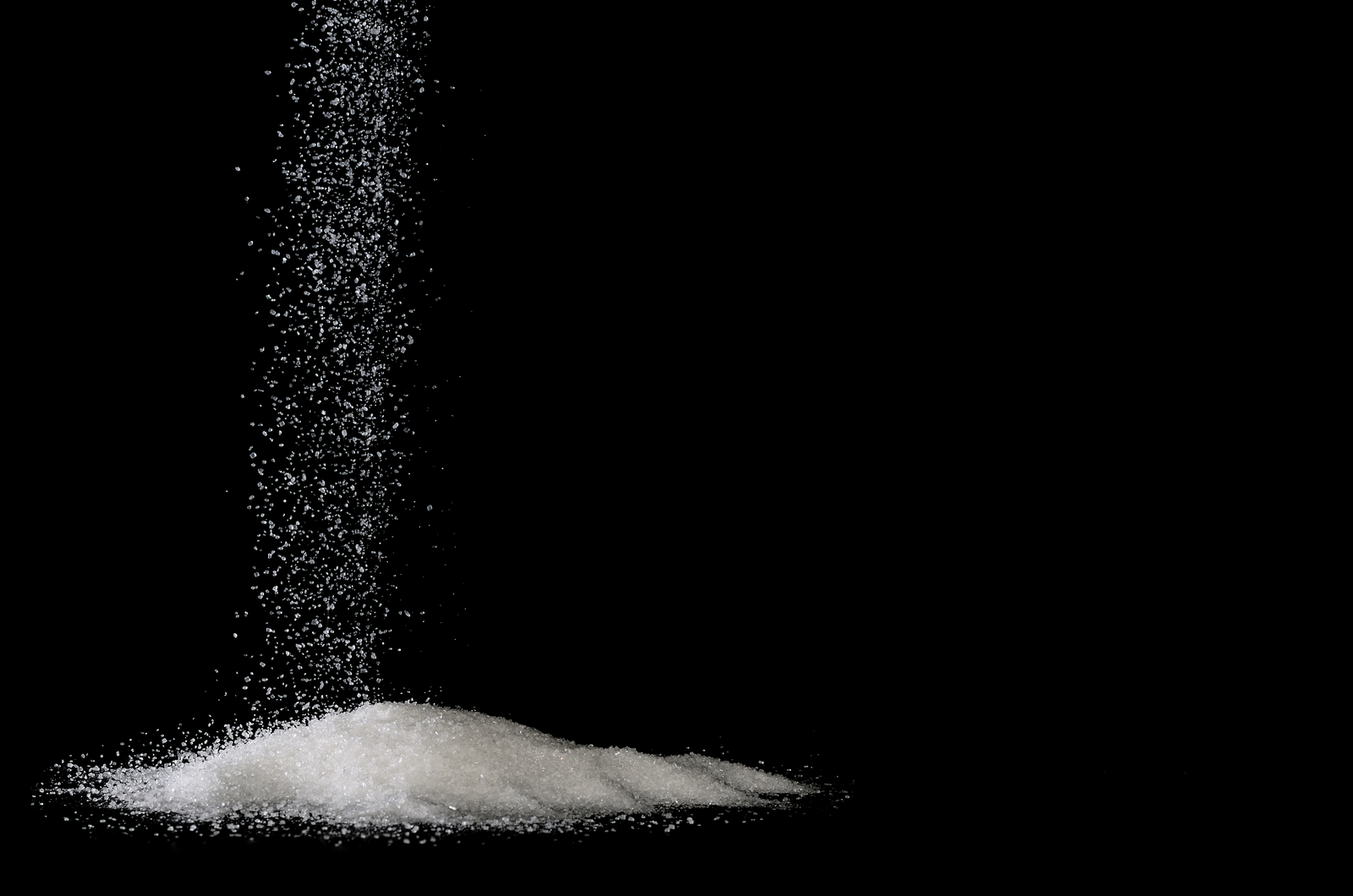Sweetener market widening

Taste modifiers are now regularly used in feed to improve palatability. They help to ensure feed is appetising and that optimum feed intake is achieved. Swiss company Pancosma has been producing sweeteners for 30 years. What lessons have been learned?
Sweet ingredients such as sugar, glucose and molasses are commonly used in feed for their ability to improve feed taste in addition to being highly available energy sources. However, their use as palatability enhancers has always been limited due to their cost and technological constraints. In 1992 Pancosma became the first company to create and promote a long-lasting intense sweetener as a taste modifier in feed. This product, named Sucram®, is a combination of sweeteners with potentiators and enhancers, encapsulated in micro-sized particles. Inclusion of sweetening palatants in the diet of young animals has become an increasingly widespread method of stimulating early intake of solid feed. Currently 75% of piglet feed manufacturers use sweeteners in their diet formulations.
Taste plays an important role for pigs and calves for example, and this is reflected in the number of taste buds they have (Table 1). However, the preference for sweet substances reduces as the animal gets older.
Asia is one of the biggest markets as most piglet feed contains high levels of unpalatable ingredients such as zinc oxide or antibiotics. The Americas are also important markets as here, weaning ages are traditionally low and therefore the need for rapid feed intake is important. The market in Europe has somewhat reduced potential as feed ingredient legislation limits the level of certain permitted sweetening ingredients. In the EU, saccharine based sweeteners are only allowed for swine up to four months with a maximum inclusion of 150 ppm.
Estimations say that the sweetener market has had an average yearly growth of 3.4% between 2012 and 2014. The sweetener market in feed is also not expected to decrease in coming years as it is an important economic alternative to sugar based ingredients whose prices are highly volatile.
Decreases levels of stress
It has been proven that ingestion of sweet molecules such as sucrose or saccharin decreases the level of ‘stress’ hormones and increases the concentration of ‘feel-good’ hormones. Consequently, consumption of sweetened feeds increases intake and reduces stress. However, certain molecules such as monosodium glutamate (umami taste) are known to trigger hormonal secretion (CCK hormones), which reduce appetite. One other very important aspect of the sweetener is its ability to neutralise the bitter taste often associated with medicinal products.
In many countries, medicated feeds make up a high proportion of the total feed supplied to farms and potential effects on intake must therefore be taken into account. Technologically advanced formulations are major factors to ensure that sweeteners are long-lasting and intense. These additives are usually incorporated at a very low level (50 to 300 ppm) in feed and will only be efficient if they overcome specific technological constraints such as uniformity, flowability, particle size and number, surface area, particle adhesion, mixability, dispersion in feed and solubility.

Sweeteners are used in diets of weaning piglets to help increase feed intake.
Field results
Independent field trials in piglet starter feeds performed on 384 weaned piglets, revealed that Pancosma’s 100% homogenous product increased feed intake (+6%), body weight gain (+4.7%) and improved feed conversion ratio (-2.6%) (see Figure 1). Ongoing research has also demonstrated a wider range of applications for numerous feed types such as creep feed, prestarter, starter, milk replacer, drinking water and for several species including piglets, pigs, sows, calves, beef and dairy cows.
Molecular physiology and the primary effects of the products at gut level are also of major interest; including gut sensing, gut immunity and gut microbiota. Having a detailed knowledge of the key physiological mechanisms allows to activate levers on feed palatability and feeding behaviour, gut integrity and absorption surface, nutrient digestion and absorption, immune modulation, microflora activity and probiotic effects. The sweetener not only targets lingual epithelium, but also the gut epithelium. This effect, promoted by Pancosma as Intelligent Gut Action (IGA), leads to many crucial physiological responses such as improved nutrient absorption and better gut integrity (Moran et al., 2010; Wall, 2012).

Recent trials reported that Sucram also had an impact on Lactobacillus population. An impressive change in microflora was observed in pigs when supplementing a sweetener in their diets. The sweetener is detected by the lactobacillus population, increasing their number and their growth, similar to the lactose effect.
Based on these data it can be confirmed that feed intake is an important factor for successful pig production. Besides good quality feed, favourable housing conditions, climate and management, the feed intake can be promoted via sweetening substances in the piglet’s diet, successful weaning and gut health promotion.
Co-author:
Clément Soulet











